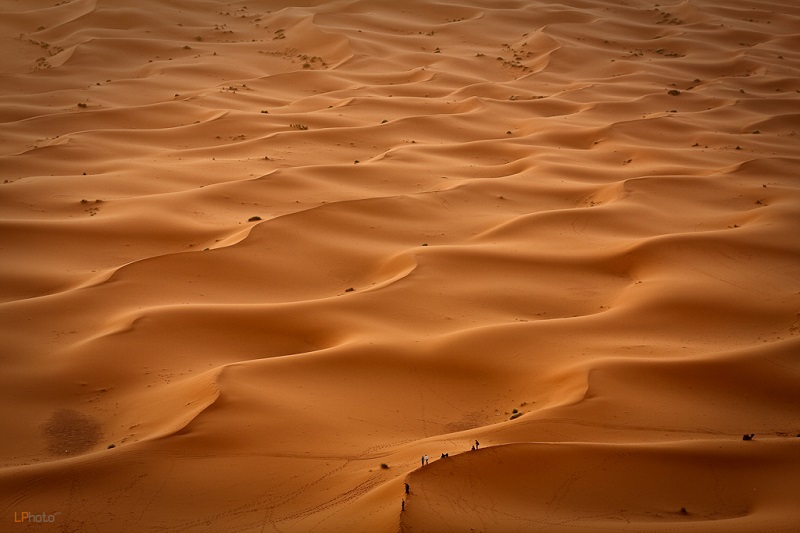ISABEL RUBIO ARROYO | Tungsteno
The Sahara is the world's largest hot desert and one of the driest places on Earth. Throughout history, engineers and visionaries have dreamed of an idea as bold as it is utopian: to create an inland sea or lake in this vast region. The most prominent projects seek to connect the desert to the ocean through canals or depressions. We examine the details of the most striking proposals.
Connecting the desert to the ocean
In 1877, Scottish engineer Donald Mackenzie proposed flooding the El Djouf basin in modern-day Mauritania. He believed that the area was far enough below sea level to be connected to the Atlantic Ocean by a 644-kilometre-long channel. He wanted to create an inland sea of about 155,400 square kilometres (about the size of Ireland). “The flaw in his proposal was that he was completely wrong about the elevation of El Djouf, which is actually about 320 metres above sea level,” says Simon Whistler of Megaprojects. On top of that, Mackenzie received little investment despite the huge press coverage his audacious project received.
The idea of creating a sea in the Sahara poses significant technical and environmental challenges. Credit: Megaprojects
The challenge of creating a gigantic salt lake
The French diplomat Ferdinand de Lesseps developed the Suez Canal. This iconic infrastructure joined the Mediterranean and Red Seas in 1869 and transformed international maritime traffic. After its construction, Lesseps became an idol. So much so that the French public hailed him as le grand Français (the great Frenchman). Lesseps dreamed up another great project and teamed up with the military geographer François Élie Roudaire to create a vast inland sea in the North African desert.
The plan became internationally famous. It involved linking the Gulf of Gabès in the Mediterranean with the Chott el Jerid, a seasonal salt lake in Tunisia that is dry most of the year. This was to be achieved by means of a190-kilometre-long canal. The resulting sea would have an average depth of 23 metres and a surface area of about 5,000 square kilometres. “The Sahara is the cancer eating away at Africa,” Roudaire wrote, according to Big Think. “We cannot cure it; therefore, we must drown it.”
The Chott el Jerid is dry most of the year. Credit: Wikimedia Commons
De Lesseps convinced the Academy of Sciences of the feasibility of the proposed plan, and the French government gave Roudaire a budget of 35,000 francs to carry out a study. The results were not as expected as several areas were found to be above sea level. Although Roudaire tried to salvage the project by lengthening the canal and reducing the area to be flooded, French scientists and engineers objected because of the unfavourable geographical and geological conditions and the high cost of implementing the project.
Atomic bombs to turn the Sahara into an oasis
The Plowshare Program was an initiative of the US Atomic Energy Commission to explore the peaceful uses of nuclear energy. The aim was to detonate nuclear bomb explosions in civil and industrial projects, such as the creation of harbours and canals. In this case, the aim was to create a canal to flood the Qattara Depression in northwestern Egypt in order to generate electricity. However, the use of peaceful nuclear detonations was banned by several international treaties and Project Plowshare was terminated in 1977.
The Sedan nuclear test, conducted in 1962 as part of the Plowshare Program, was a detonation that left a mark on the Nevada desert. Credit: Nevada National Nuclear Security Administration.
Such projects force us to reflect on the limits of engineering. Beyond the technical and logistical aspects, they also raise important debates about ethics and sustainability. Flooding the Sahara could have a huge impact on the ecosystems and communities that live there, as well as being a colossal drain on resources. While creating a sea in the Sahara could boost trade and the economy, would the environmental and social costs be worth it?
· — —
Tungsteno is a journalism laboratory to scan the essence of innovation.
